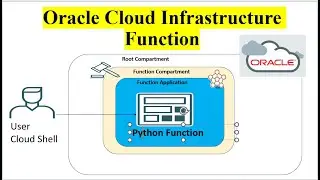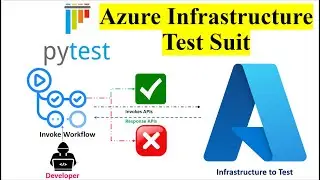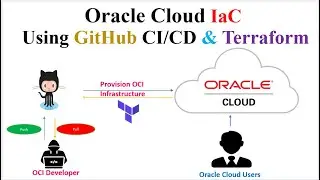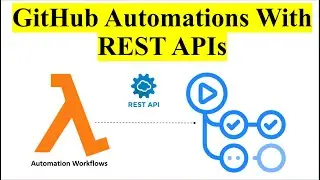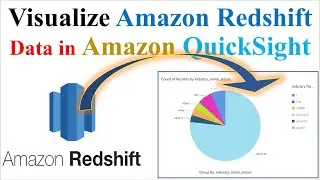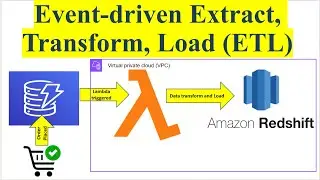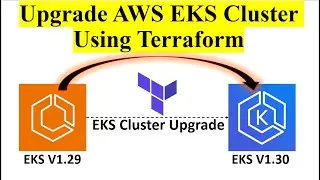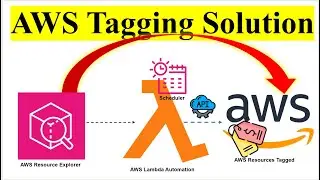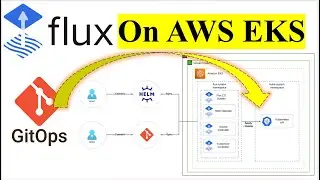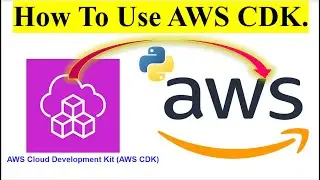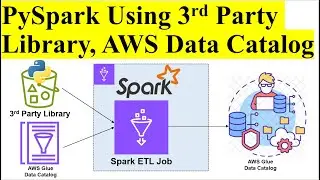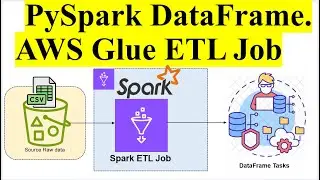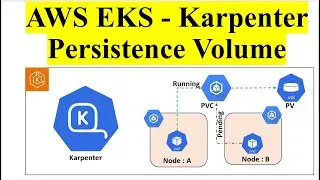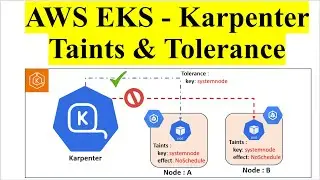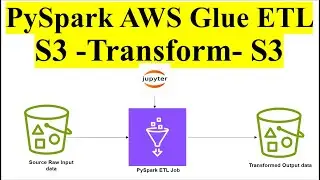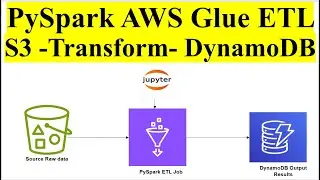Kubernetes taints and tolerations | AWS EKS | Karpenter | Advanced Pod Scheduling in Kubernetes
===================================================================
1. SUBSCRIBE FOR MORE LEARNING :
/ @cloudquicklabs
===================================================================
2. CLOUD QUICK LABS - CHANNEL MEMBERSHIP FOR MORE BENEFITS :
/ @cloudquicklabs
===================================================================
3. BUY ME A COFFEE AS A TOKEN OF APPRECIATION :
https://www.buymeacoffee.com/cloudqui...
===================================================================
The YouTube video titled "Kubernetes Taints and Tolerations | AWS EKS | Karpenter | Advanced Pod Scheduling in Kubernetes" provides an in-depth tutorial on using taints and tolerations in Kubernetes, particularly within the context of Amazon Elastic Kubernetes Service (EKS) and Karpenter, a Kubernetes cluster autoscaler.
Key Topics Covered:
Introduction to Taints and Tolerations:
Taints: These are used to mark nodes so that only certain pods can schedule onto them. Taints ensure that pods that do not tolerate the taints are not scheduled onto these nodes.
Tolerations: These are applied to pods to allow them to be scheduled onto nodes with matching taints.
Setup and Configuration in AWS EKS:
The video demonstrates setting up a Kubernetes cluster using AWS EKS.
It covers the installation and configuration of the kubectl command-line tool for managing Kubernetes clusters on AWS.
Implementing Taints and Tolerations:
Detailed steps on applying taints to nodes using kubectl taint nodes command.
How to add tolerations to pod specifications in YAML files.
Karpenter for Advanced Pod Scheduling:
Introduction to Karpenter, an open-source autoscaler for Kubernetes.
The video shows how Karpenter works with taints and tolerations to optimize resource usage and cost efficiency in AWS EKS.
It covers configuring Karpenter to respect taints and ensure that pods are scheduled according to the defined tolerations.
Practical Demonstration:
Live demo showcasing the application of taints to specific nodes.
Creating pod specifications with tolerations to ensure they are scheduled appropriately.
Using Karpenter to manage node scaling based on the applied taints and tolerations.
Learning Outcomes:
Understanding the basics of taints and tolerations in Kubernetes and their importance in node and pod management.
Gaining practical experience in setting up and managing taints and tolerations within an AWS EKS environment.
Learning how Karpenter can be used for advanced scheduling and autoscaling in a Kubernetes cluster, ensuring efficient use of resources and cost management.
This video is beneficial for Kubernetes administrators and DevOps engineers looking to enhance their skills in advanced pod scheduling and resource management in Kubernetes, particularly within AWS environments.
For more detailed documentation on these topics, you can refer to the AWS EKS documentation and the Karpenter GitHub repository (Amazon EKS Documentation) (EKS Anywhere) (GitHub) (Amazon AWS Documentation).
#kubernetes
#taints
#tolerations
#aws
#cloudquicklabs
#awseks
#eks
#karpenter
#pod
#scheduling
#advancedpodscheduling
#nodes
#resources
#workloads
#clusters
#autoscaling
#cloud
#devops
#cloudcomputing
#automation
#containers
#tutorial
#demo
#amazonwebservices
#dynamicprovisioning
#resourceallocation
#costmanagement
#kubernetestutorial
#karpenterautoscaler
#advancedkubernetes
#clusterscaling
#podmanagement

![[FREE] SLIMESITO x BEEZYB TYPE BEAT 2022 -](https://images.videosashka.com/watch/1EoTITwenvE)






